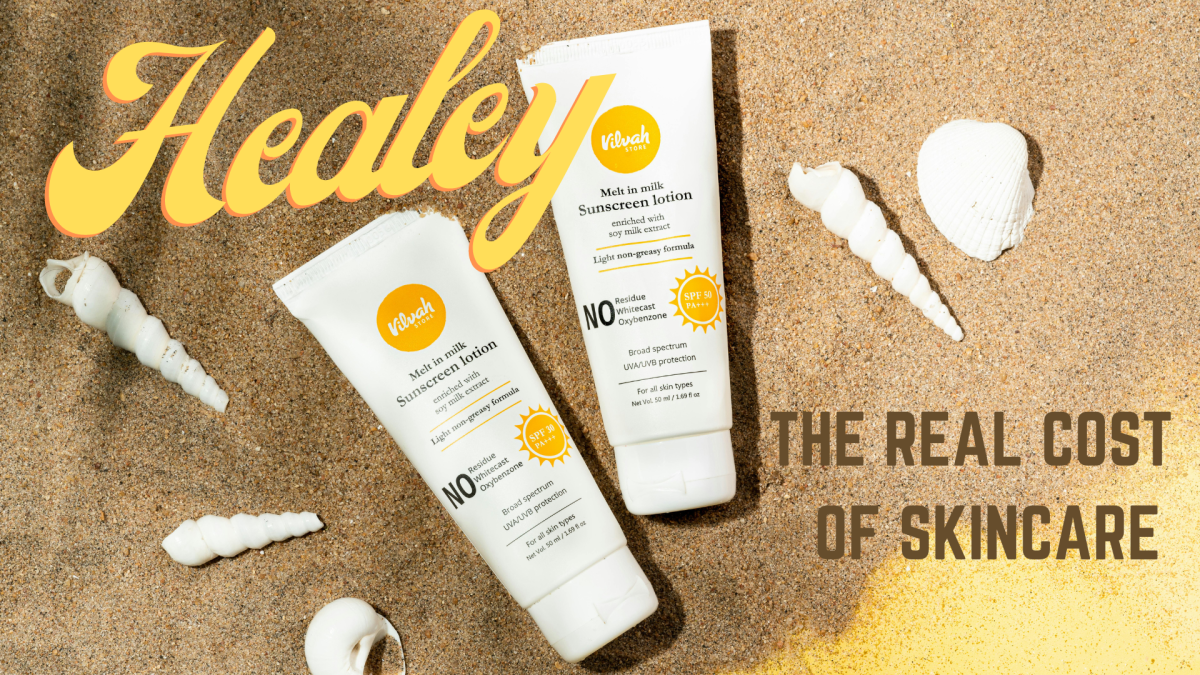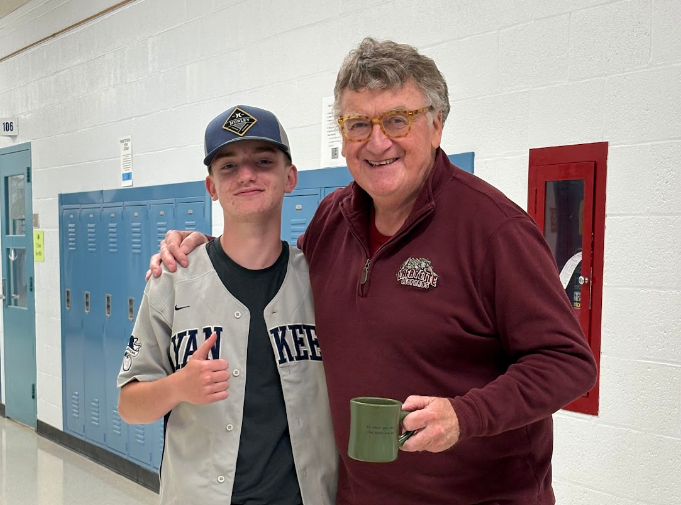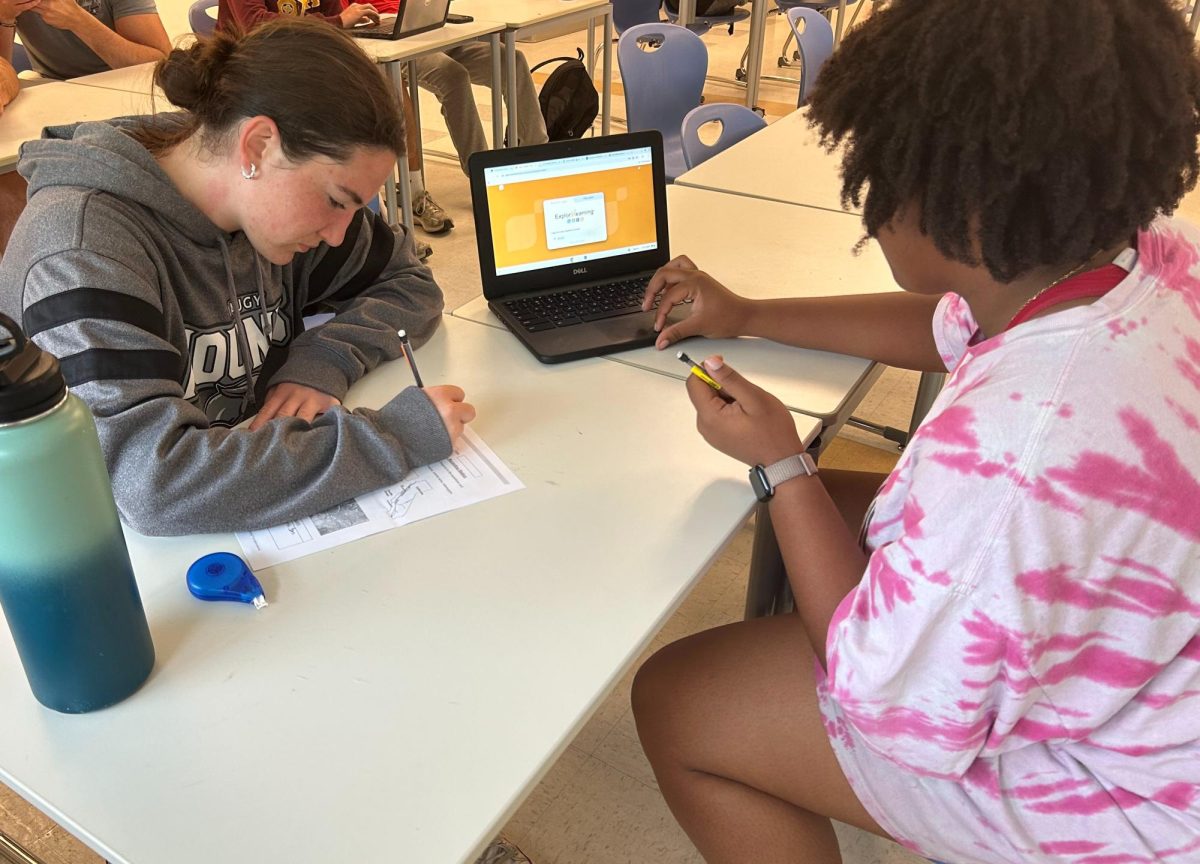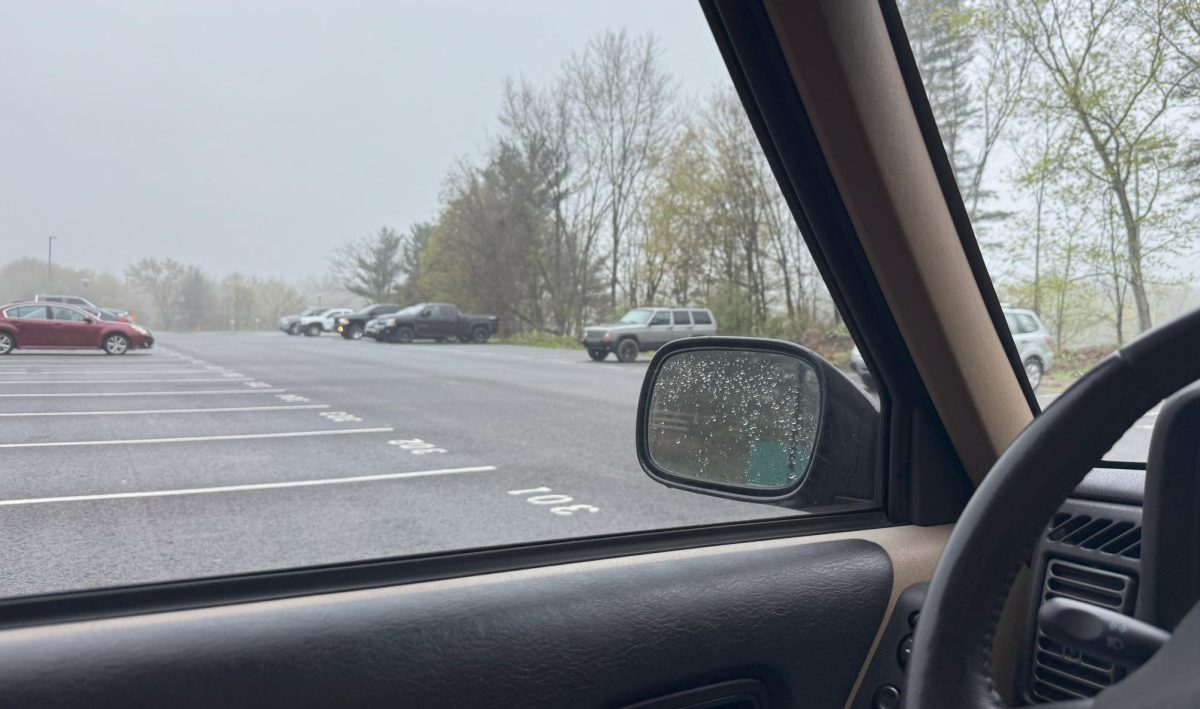When first learning about the ocean, most children’s attention gets drawn to the coral reefs. Their vast, unique species and colors are something that has left humans in awe for centuries, but only now after various research studies, we are not only seeing these reefs diverse with color, we are seeing a whole world full of life. From creatures like sea turtles, lobsters, clams, seahorses, and sponges, these reefs are the cities of the ocean.
“Coral reefs are among the most biologically diverse and valuable ecosystems on earth,” according to the United States Environmental Protection Agency. “An estimated 25 percent of all marine life, including over 4,000 species of fish, are dependent on coral reefs at some point in their life cycle.”
Other species outside of the coral reef depend on these fish for food while angler communities rely on them for their main source of income to feed their families.
Fish and other marine life find shelter, food, reproduce, and raise their young from the shelter the coral provides.
“Deep water reefs, or mounds, are not as well known,” as reported by NOAA, the National Oceanic and Atmospheric Association, on coral reef ecosystems. “Yet, they also maintain a diverse ecosystem including species such as, sponges, polychaete worms, mollusks, crustaceans, brittle stars, starfish, and sea urchins. Coral reefs also defend coasts from storms and erosion, provide jobs, and give people opportunities for recreation.¨
But according to the Coral Reef Alliance, “predictions from scientists paint a grim picture, anticipating that by 2050, all coral reefs will be classified as threatened.”
“Beyond issues like overfishing, pollution, and climate change, an unexpected contributor to this crisis is sunscreen,” noted the Coral Reef Alliance. “Along with an estimated 14,000 tons of sunscreen finding its way into the oceans each year.” Reports such as these raise grave concerns for the future of our oceans.
So, if humans and aquatic life rely on coral reefs, why are they in danger?
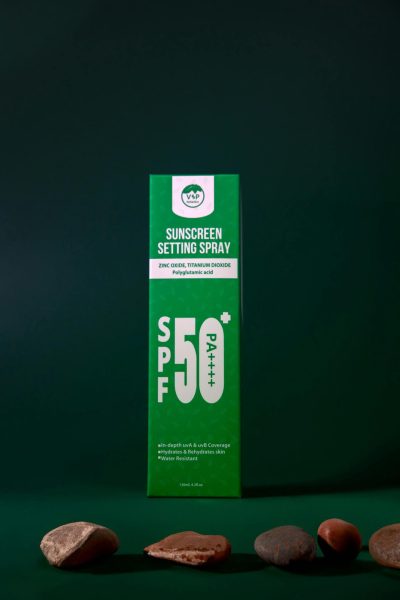
The answer to that, and the culprit to blame, is the beauty and pharmaceutical industries.
Oxybenzone is an organic compound used in plastics as an ultraviolet light absorber and stabilizer commonly used in sunscreen and skincare products to help prevent potential sun damage on our face, but for our coral reefs, this is a silent massacre.
¨Oxybenzone is a chemical found in more than 3,500 skincare products and is highly toxic to juvenile corals,¨ reported the National Oceanic and Atmospheric Association. According to NOAA, ¨Oxybenzone is a chemical found in more than 3,500 skincare products and is highly toxic to juvenile corals.¨
These chemicals are rapidly killing corals by bleaching them and killing their zooxanthellae.
“Zooxanthellae supply the coral with glucose, glycerol, and amino acids, which are the products of photosynthesis,¨ said NOAA. In return the corals provide the zooxanthellae shelter in their skeleton.
According to NOAA, “as much as 90 percent of the organic material photosynthetically produced by the zooxanthellae is transferred to the host coral tissue. This is the driving force behind the growth and productivity of coral reefs.”
Corals are as diverse as any other living species, if not more. Their alien-like features are fascinating to watch.
“Corals are anthozoans, the largest class of organisms within the phylum Cnidaria. There are over 6,000 known species of coral,” said NOAA.
Some of these corals affected are wide-ranging and can include some of the most diverse organisms on the planet, including “hydrocorals, or fire coral, which are reef-building hydroids that have a hard calcareous exoskeleton and stinging cells that can cause a burning sensation when touched,” said the United States EPA about coral reefs. “Octocorals, or ‘soft’ corals, include sea fans and sea whips, which grow more like fleshy plants and do not form calcium carbonate skeletal structures. Antipatharians, or black corals, are another type of branching ‘soft’ coral.”
According to NOAA, “In a 2013 study NOAA researchers discovered that a sunscreen chemical Bp-2 or, Benzophenone, commonly used in many soaps, cosmetics and body fragrances is highly toxic to corals. Benzophenone or BP-2, is used as a fragrance enhancer, flavor ingredient, and perfume fixative. The team’s data showed that even very low concentrations of BP-2 can quickly kill juvenile corals. Discharge of BP-2 wastewater is often directly released into coastal waters of the Caribbean and the Indo-Pacific threatening near – shore reefs. The BP-2 pollutant has largely been ignored by cosmetic industries.”
For people who are actively on the beach, this is a significant eye opener. With BP-2 being used in so many products, it sounds an alarm for the next shopping trip to make sure products that you are using are reef and ocean safe.
“These bleachings and stress from the coral can cause Endocrine Disruption, which is when Chemicals or a mixture of chemicals interfere with the way the coral’s hormones work. This can then lead to not breeding correctly and sometimes genotoxicity,” said NOAA, on The Effects of Ultraviolet Filters and Sunscreen on Corals and Aquatic Ecosystem.
A genotoxin is a chemical or agent that causes DNA or chromosomal damage. This damage then causes genetic mutations to the corals.
According to the Guardian in an interview with Justin Marshall, of the University of Queensland and the chief investigator of citizen science program Coral Watch, he said the impact on the Great Barrier Reef can be devastating,
‘Complete ecosystem collapse’ is being seen on parts of the Great Barrier Reef, as fish numbers tumble and surviving corals continue to bleach into winter” Marshall said returning from one of the worst-hit areas. “In broad terms, I was seeing a lot less than 50% of what was there [before the bleaching]. Some species I wasn’t seeing at all,” Marshall reported.
“Without enough surviving corals, the fish don’t have the shelter and food sources they need and have died or moved elsewhere,” said Micheal Slezak who wrote for the Guardian on Sections of the Great Barrier Reef Suffering from ‘Complete Ecosystem Collapse’. “Without many of those fish, Marshall said the coral would face a harder time recovering, since the entire ecosystem had been degraded,” Slezak wrote.
According to the coral reef alliance, “These harmful effects of these sunscreen ingredients extend beyond coral reefs, jeopardizing various marine organisms such as fish, dolphins, green algae, and sea urchins as well.”
Along with the fact that this issue is not well known enough in future and current generations is a threat to these environments as well.
With people mindlessly using skincare, makeup, and sunscreen products it becomes increasingly difficult to prevent changes in further use.
These ecosystems are so fragile yet are such an essential part to life in the ocean. Again with an estimated 25% of all marine species are dependent on these reefs to provide shelter, food, and a habitat to live in, it is critical that people take into consideration the true and full effect of their skincare.
With climate change already being another added factor to the damage being caused by this pollution by disrupting water temperatures which in turn causes corals to bleach; it’s crucial to do your part in protecting these reefs and being mindful of what you put in your bag next time you’re going to the beach.
“Brands that label their products as ‘reef-safe’ or ‘reef-friendly’ cannot be solely relied upon due to the absence of government regulations and mandatory testing for reef impact. When checking the ingredients before your next sunscreen purchase, steer clear of any Oxybenzone or Octinoxate products,” reported by the Coral Reef Alliance. “The solution lies in biodegradable, mineral-based sunscreens, with non-nano Titanium Dioxide or Zinc Oxide as preferred active ingredients. The term “non-nano” signifies particles larger than 100 nanometers, making them safer for marine life compared to nanoparticles, which are smaller than 100 nanometers.”
Making sure your sunscreen and makeup products are marine life and reef safe is one of the first steps you can take as your own marine activist. The more this issue is talked about the more people can be mindful about what goes into their shopping cart next time at the local CVS or Walgreens.
This summer while you lay on the beach enjoying your sun-baked vacation, realize that the real cost of skin care is more significant than we think: these products aren’t protecting us–they’re destroying us.
This is the opinion of Chief Advocate reporter Kylie Healey.



